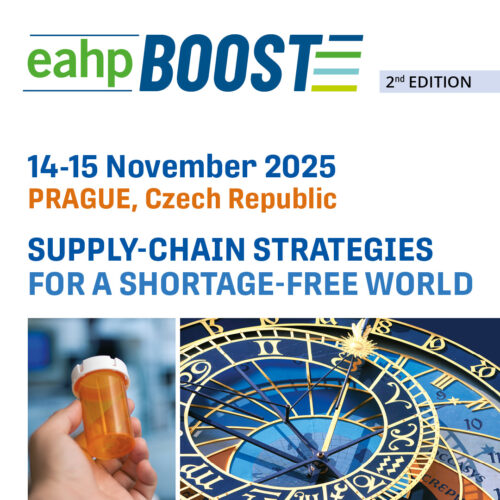Dose a clinical pharmacy service in emergency department improve the safety of eldery patient ?
European Statement
Clinical Pharmacy Services
Author(s)
Ugo CARRERE, Charles-Henri BLANCHER, Julien ARCIZET, Serge BENETEAUD, Caroline ALLIX-BEGUEC, Benoit LE FRANC
Why was it done?
EDs are the main entry point for hospitalizations. Medication errors are a major threat to patients safety. They are exacerbated by the high flow of patient admitted, the increase in polypharmacy in eldery patients, lack of knowledge of medication and time constraints.
What was done?
We have implemented proactive medication reconciliations (MR) for eldery patients in our emergency department (ED). Retroactive MR was performed in downstream departments (DD) for similar patients. Goals were to save physicians’ and nurses’ times, to improve patient safety.
How was it done?
A pharmacist provided MR in the ED unit three half-days per week. In agreement with the emergency physicians, we targeted patients aged 75 years and over and/or 65 years and over with multiple medications remained hospitalized. Pharmacists collected patients’ medication history and shared the information to ED prescribers. The drug assessment was recorded in a prescription support software. Prescribers, in the DD, could use it to prescribed without transcription and save time.
Our study was based on the comparison of the two groups : the proactive MR group in the ED and the control group with retroactive MR in downstream departements. Discrepancies were recorded and rated as intentional and unintentional in the two groups.
What has been achieved?
Between February and April 2021, 139 medication reconciliations were performed (proactive group n=61 ; retroactive group n=78). The age (about 83 years) and mean number of drugs per patient (about seven) of the two groups were not statistiquely different. We observed a statistically significant reduction in the number of unintentional discrepancies with proactive reconciliation in the ED (7% in the proactive group versus 20% in the retroactive group, p-value = 0.0034). Drugs for the nervous system and the cardiovascular system were the most affected by discrepancies. These discrepancies were mainly detected in prescriptions for patients taken care in the orthopedic surgery, the hepato-gastrology and the polyvalent medicine departments.
What next?
Clinical, economic and organizational scoring of unintentional discrepancies will be performed by a physician-pharmacist pair (CLEO scale of the French Society of Clinical Pharmacy)
Downstream departments with the most UD will be encouraged to use medication reconciliation.
A satisfaction survey will be conducted among the teams.
























